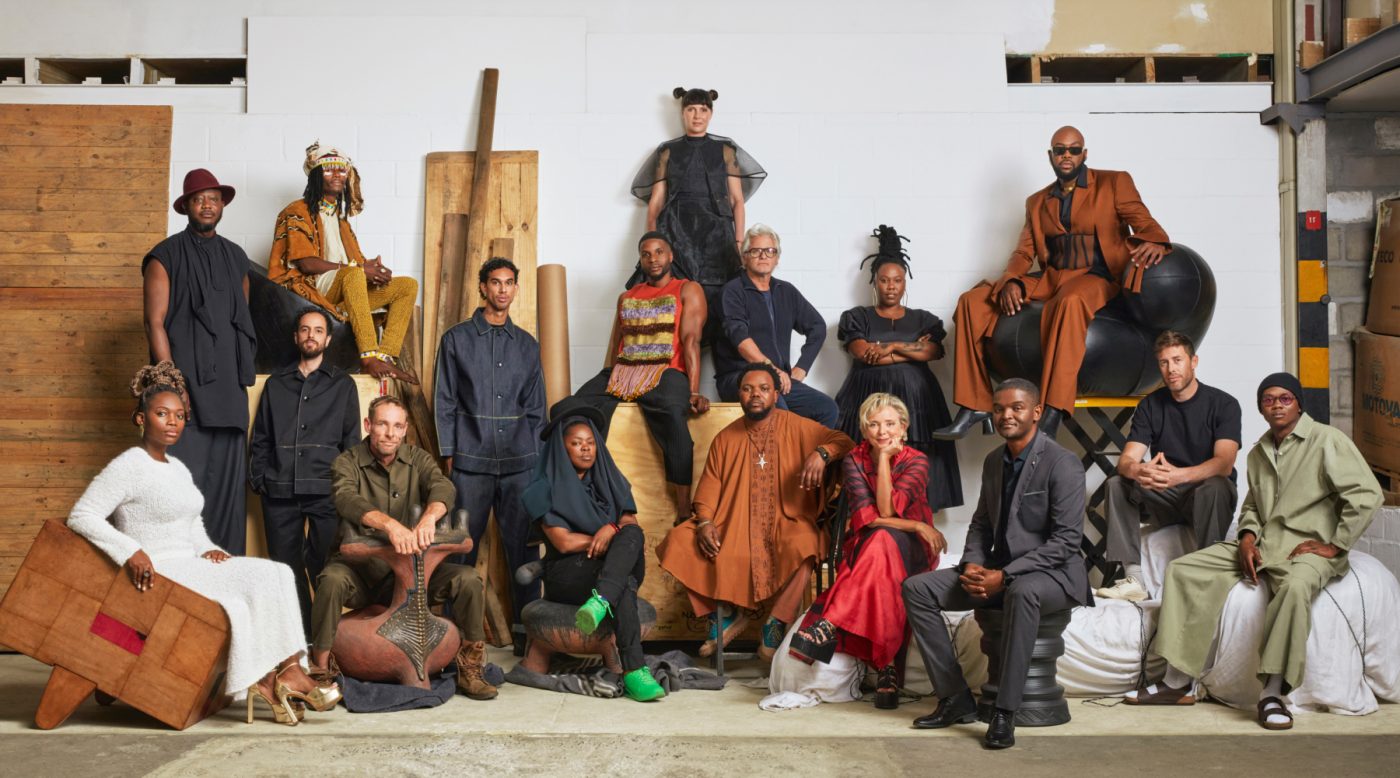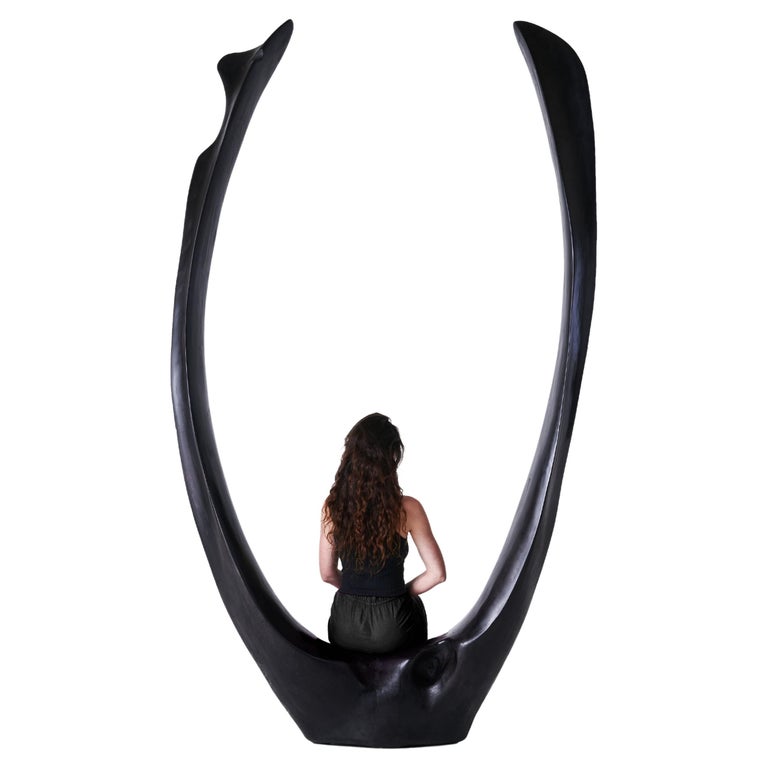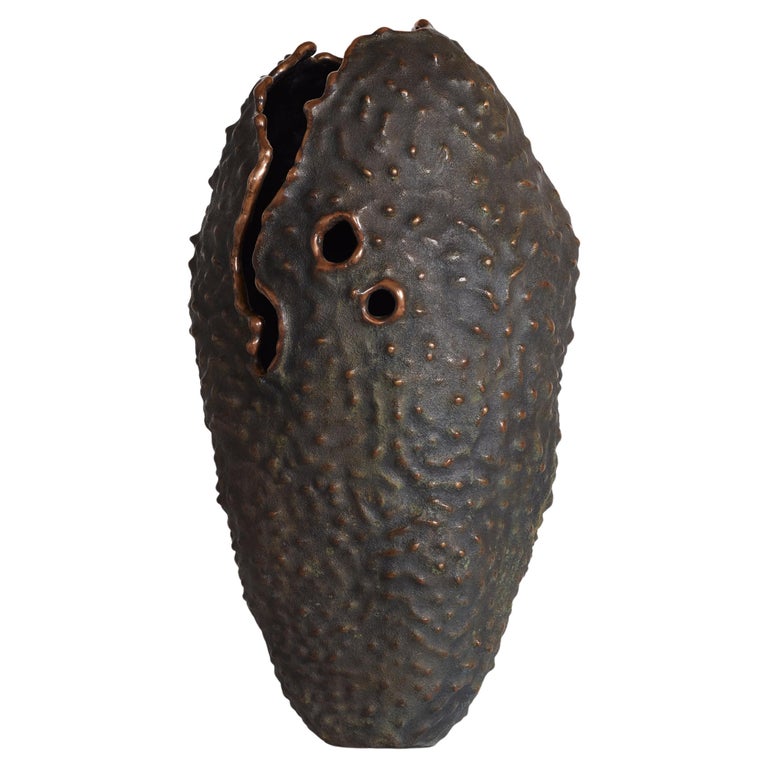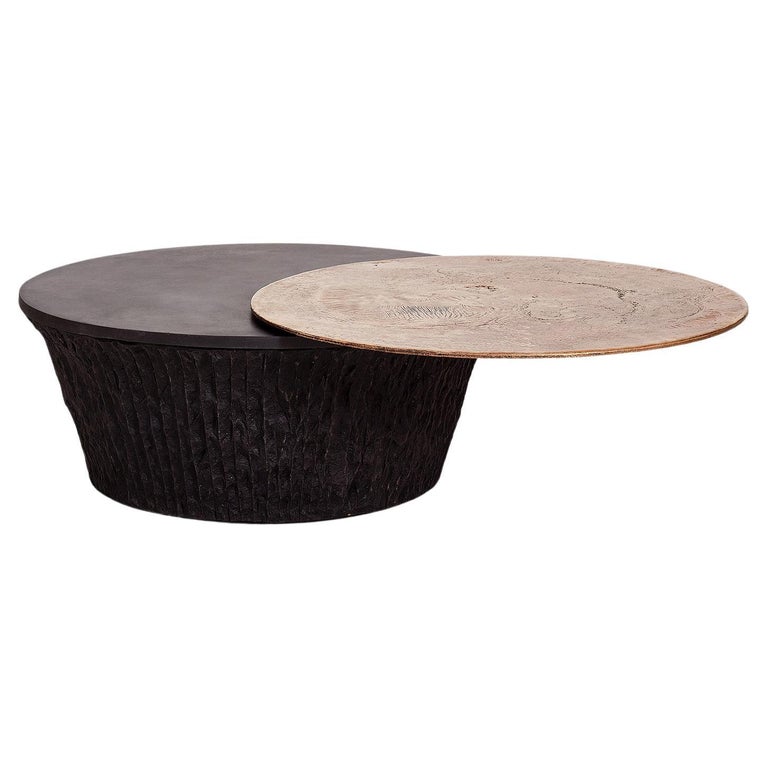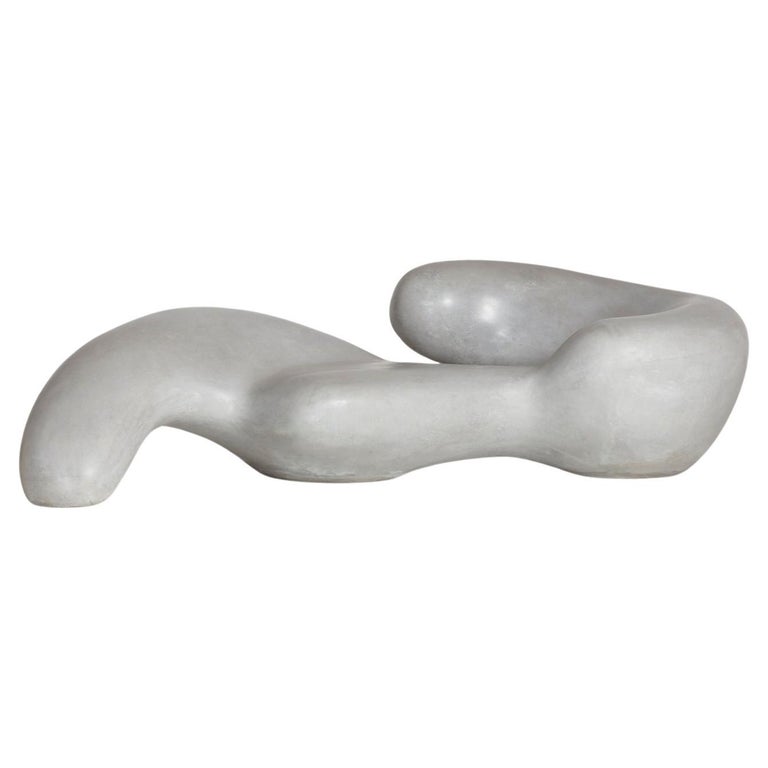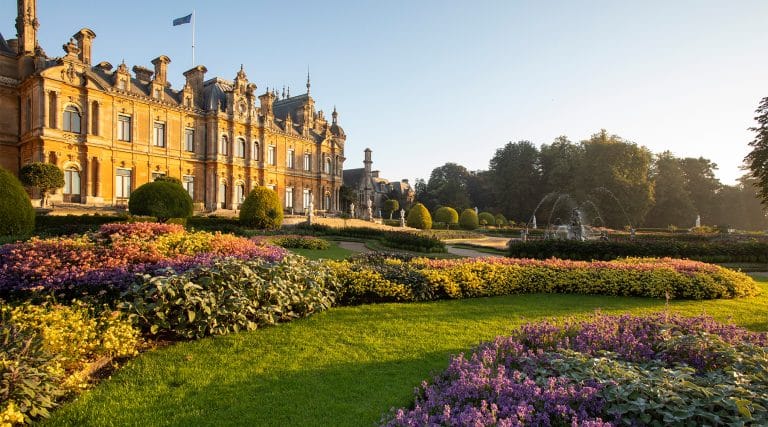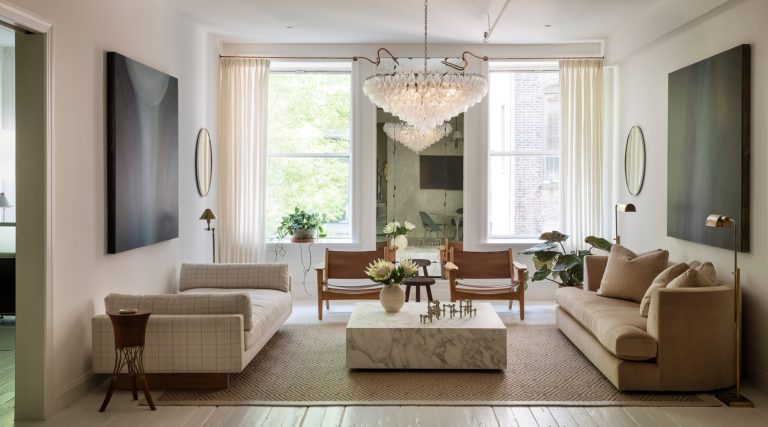March 3, 2024Since its founding some 16 years ago, Cape Town’s Southern Guild has realized an enviable achievement: The work it shows is just too good not to share. So, the South African gallery, which specializes in art and collectible design from Africa and its diaspora, has expanded to the northern hemisphere, doubling its global reach with a gleaming 5,000-square-foot space that just opened in a renovated historical building in Los Angeles.
With this outpost — its first permanent space outside Cape Town — Southern Guild becomes one of the first South African galleries to open an exhibition space stateside.
“It’s very exciting to think of having a year-round presence in a country with more people and more interaction and a bigger collector base,” says Trevyn McGowan, who cofounded Southern Guild with her husband, Julian McGowan, in 2008.
“We’ve participated in fairs in the U.S. for the past thirteen or fourteen years,” she continues. “But now, our artists will have that exposure all year round rather than just in short bursts. That was the motivator really for it. We needed that.”
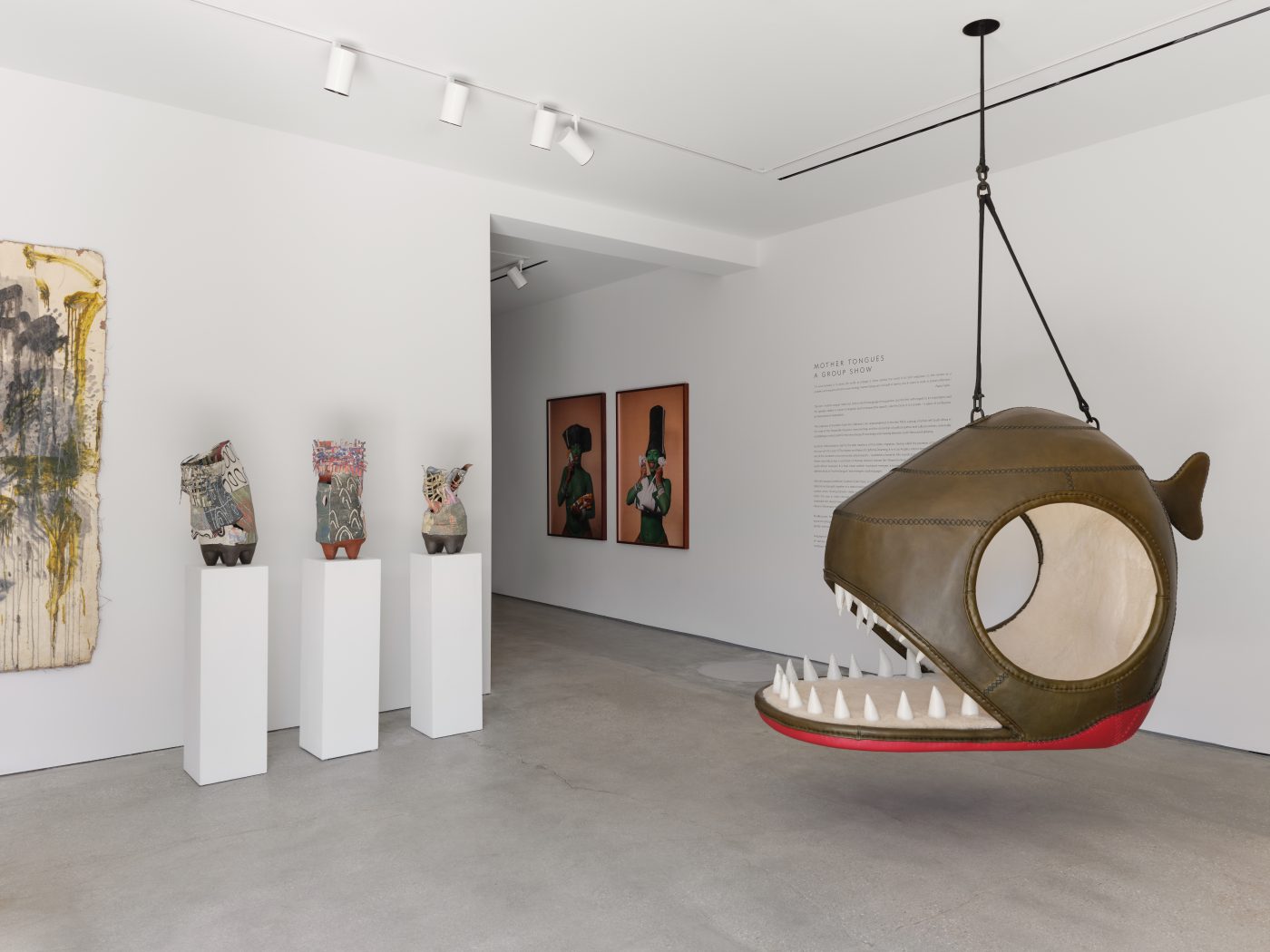
The McGowans worked with L.A.’s Evan Raabe Architecture Studio to design a space that met their needs. The Eastside location, in a developing cultural hotspot dubbed Melrose Hill, was a big part of the allure. A walkable gallery district has emerged here over the past few years, with several New York galleries opening shop alongside L.A. locals.
The neighborhood, Trevyn says, feels like “it is intrinsically a community. And that is something at the core of Southern Guild.”
Los Angeles was the only city the McGowans considered for their expansion. “It seemed like a calling in a way,” says the Johannesburg-born gallerist. “L.A. is incredibly familiar. It’s around the same age as Johannesburg, it was a city built in a hurry, with a lot of people from different backgrounds and places in the world intersect there. Then, there is the gold rush and the filmmaking and all of these amazing similarities in the landscape and the vegetation.”
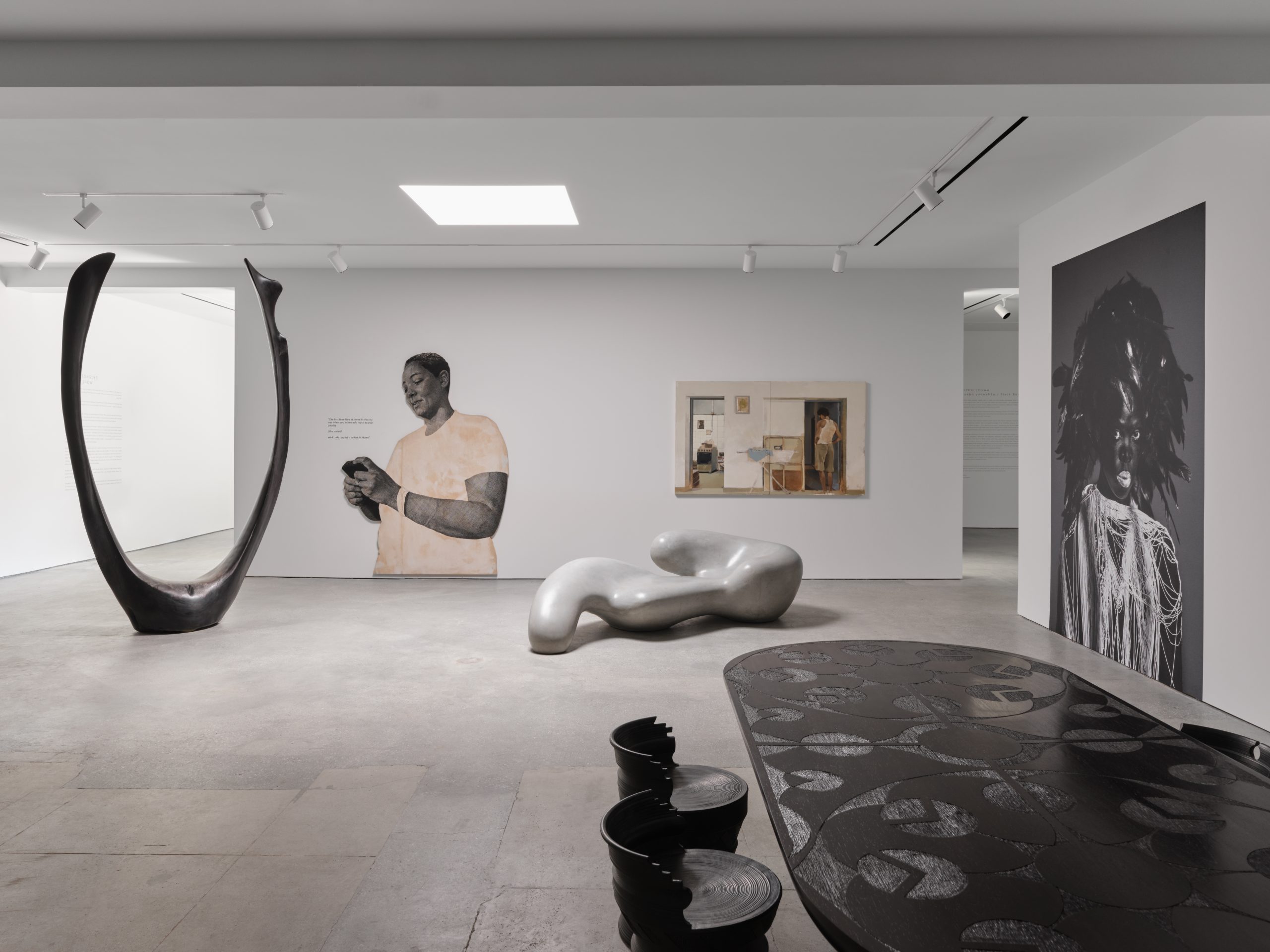
Before becoming involved in the art world, Trevyn studied and worked as an interior designer for two decades in London, which is where she met British-born Julian, whose background is in set design. They moved to South Africa in 2003 to raise their family and launched Southern Guild in Cape Town in 2008. It was the first gallery to give a platform to the stellar contemporary designers they were encountering across the continent. The McGowans and these designers went on to build an international reputation at fairs like Design Miami, and around 2017, the couple added painting and photography to their program.
“The whole point of our being in L.A. is to engage with the city and the artists there,” Trevyn says, noting that they’ll bring artists from Cape Town to L.A., and vice versa, for exhibitions and also via Southern Guild’s residency program.
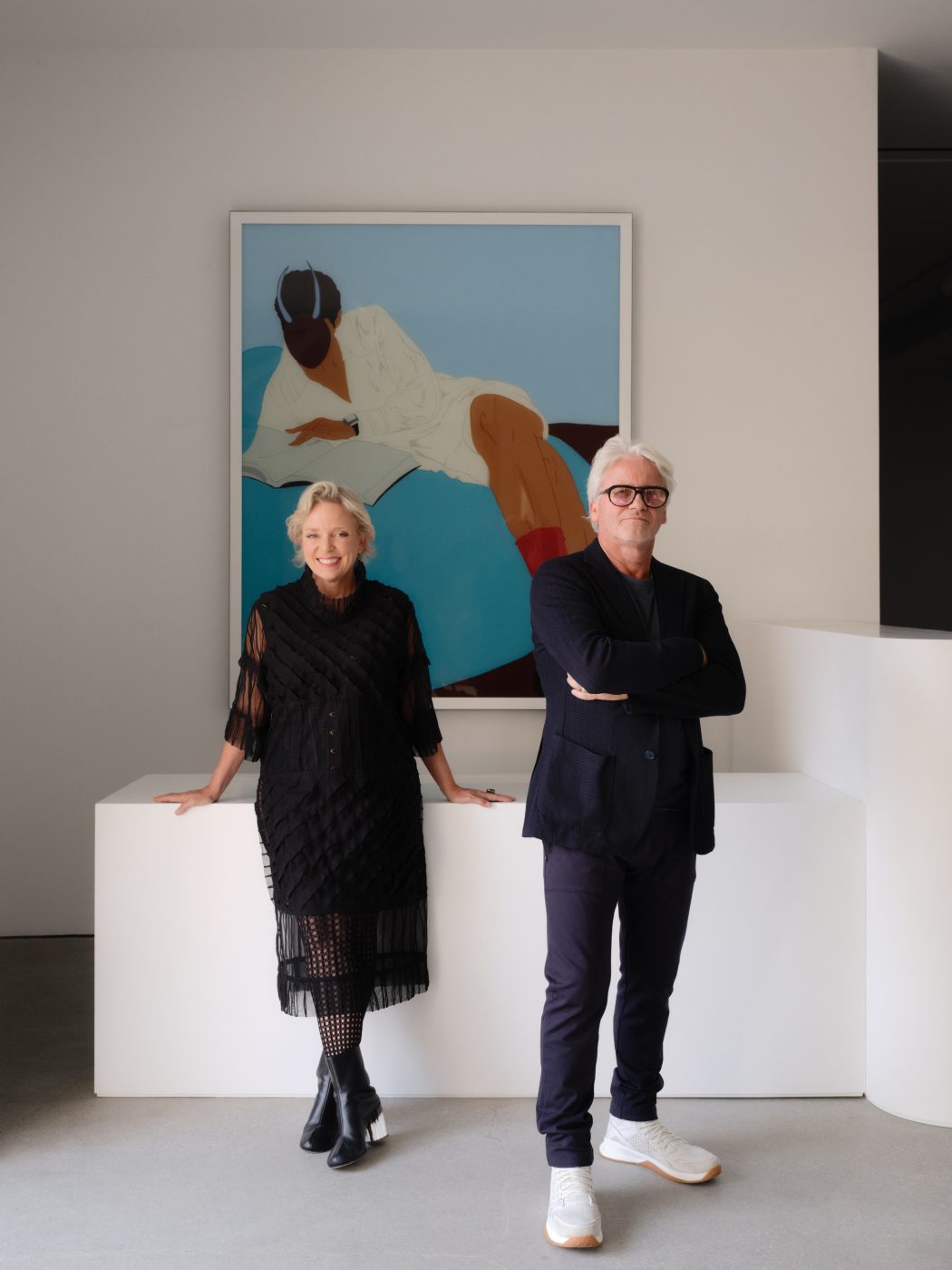
Trevyn plans to spend around a month on and off in each location during the first year. Alejandro Bataille, a Los Angeles–based design specialist, has been named director of the new location.
The gallery will continue participating in major art fairs. “America is so large that for us to still be engaged with an audience on the East Coast is super important,” Trevyn explains. “We’ve started doing Expo Chicago and the Armory Show, and we’re broadening our audience. And then, there is also the new edition of Design Miami in Los Angeles this year.”
The gallery inaugurated the new space with two knockout exhibitions, both on view through April 27, featuring highly personal works.
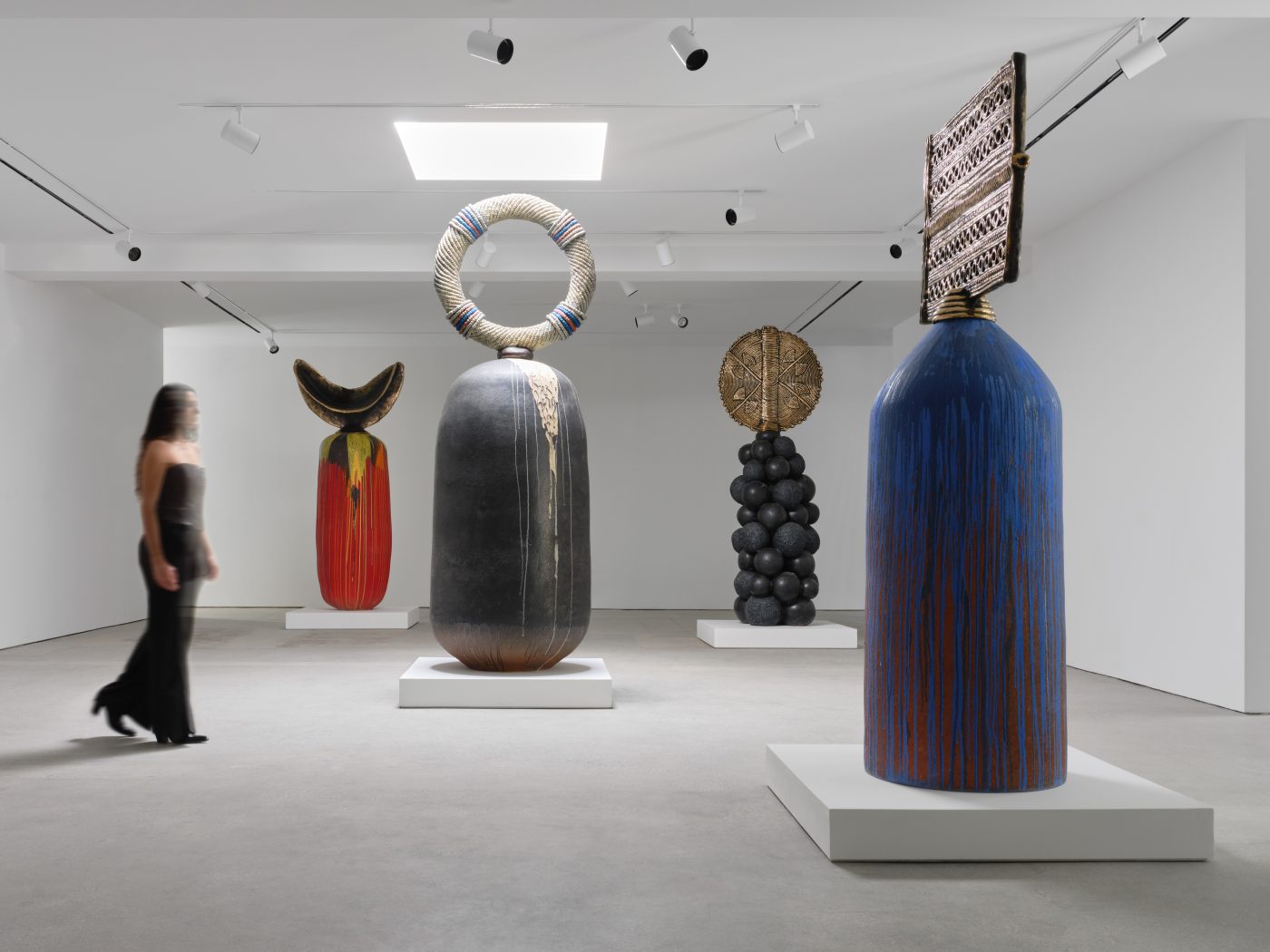
“Indyebo yakwaNtu (Black Bounty)” showcases South African artist Zizipho Poswa, while “Mother Tongues” introduces L.A. to the gallery’s impressive roster with a selection of sculpture, design, painting and photography by 26 artists from the African continent.
In her show, Poswa, one of South Africa’s most acclaimed contemporary artists, pays tribute to her Xhosa heritage, specifically female rituals related to Black hair and headdressing from her youth in a rural village in the Eastern Cape. She created five monumental abstract figures, each standing more than eight feet high and consisting of ceramic vessels crowned by bronze adornments. She crafted the bases in the giant kilns of the Center for Contemporary Ceramics in Long Beach, California, about 30 miles south of the new gallery, during a residency there last summer. She cast the elaborate bronze crownlike forms in Cape Town.
“It’s very exciting to have a year-round presence in a country with more people and more interaction and a bigger collector base,” says Southern Guild cofounder Trevyn McGowan.
“The work is intrinsically linked to her sense of honoring the everywoman,” says Trevyn, “the unsung heroes, really, inspired by the community that is formed through hairdressing or the simple act of carrying wood or washing or food on one’s head.”
The artists in “Mother Tongues” also mine a rich lode of memories, experiences and histories intertwined with the notion of home. While they hail from diverse cultures, use different media and span a vast geographical area, they have in common, says Trevyn, that “within their materials and their mark making, they are deeply embedded in their origins, their legacies, the people they are paying homage to.”
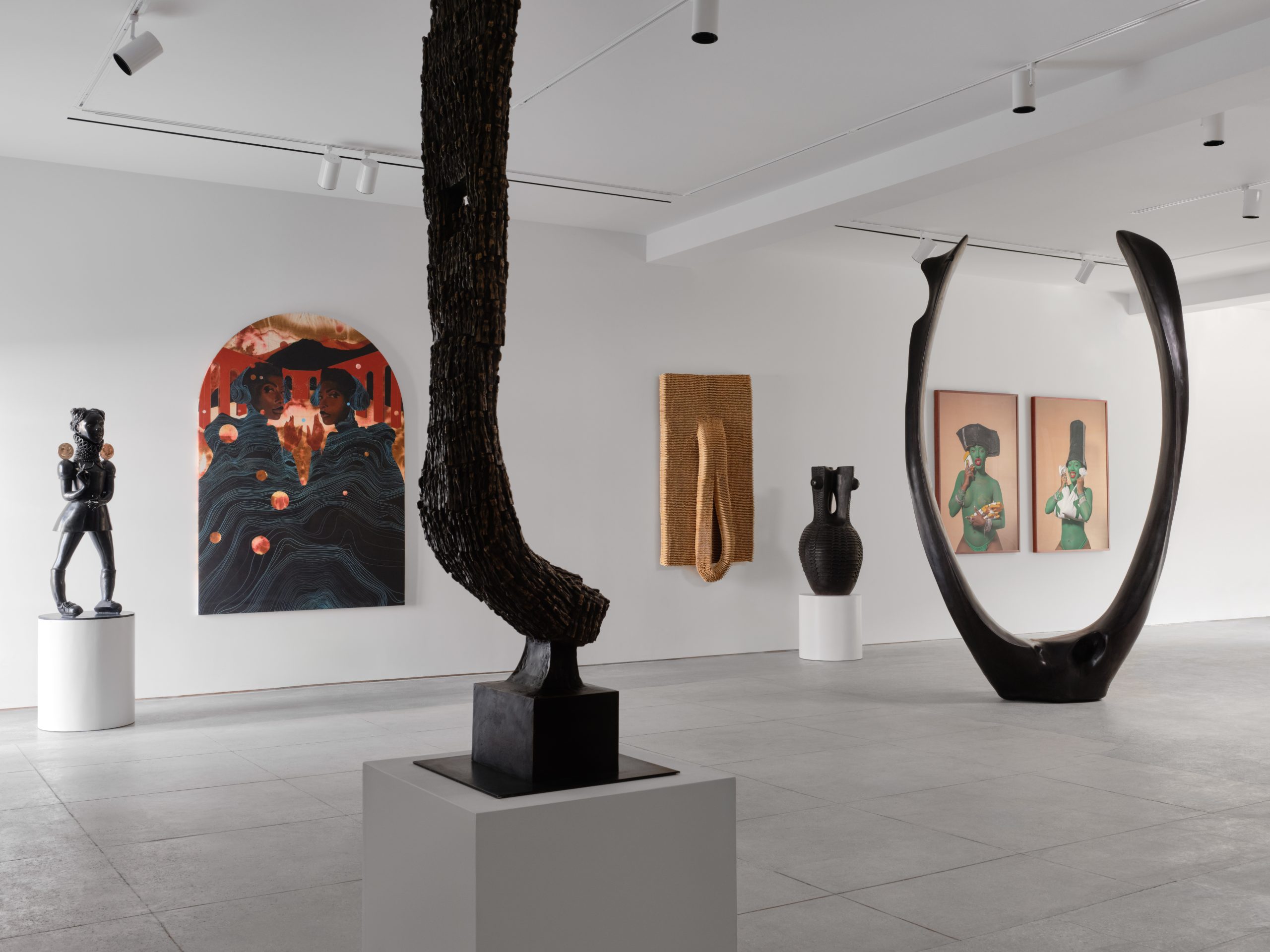
Johannesburg-based artist Usha Seejarim, for instance, transforms commonplace objects into poignant abstract sculptures that invoke women’s domestic labor. For the stunning wooden Lobe, 2020, she meticulously arranged hundreds of clothespins into a highly textured, minimalist form that resembles a stretched earlobe.
Justine Mahoney pulls from pop culture, current events, literature, history and more to make richly layered sculptural collages, like the bronze and enamel young female figure Majesty, 2020. Here, the Cape Town artist tapped into the experience of her adolescent daughters’ coming of age in a world obsessed with social media, using the face and body movements of the British pop star FKA Twigs as inspiration for the sculpture’s girlish form.
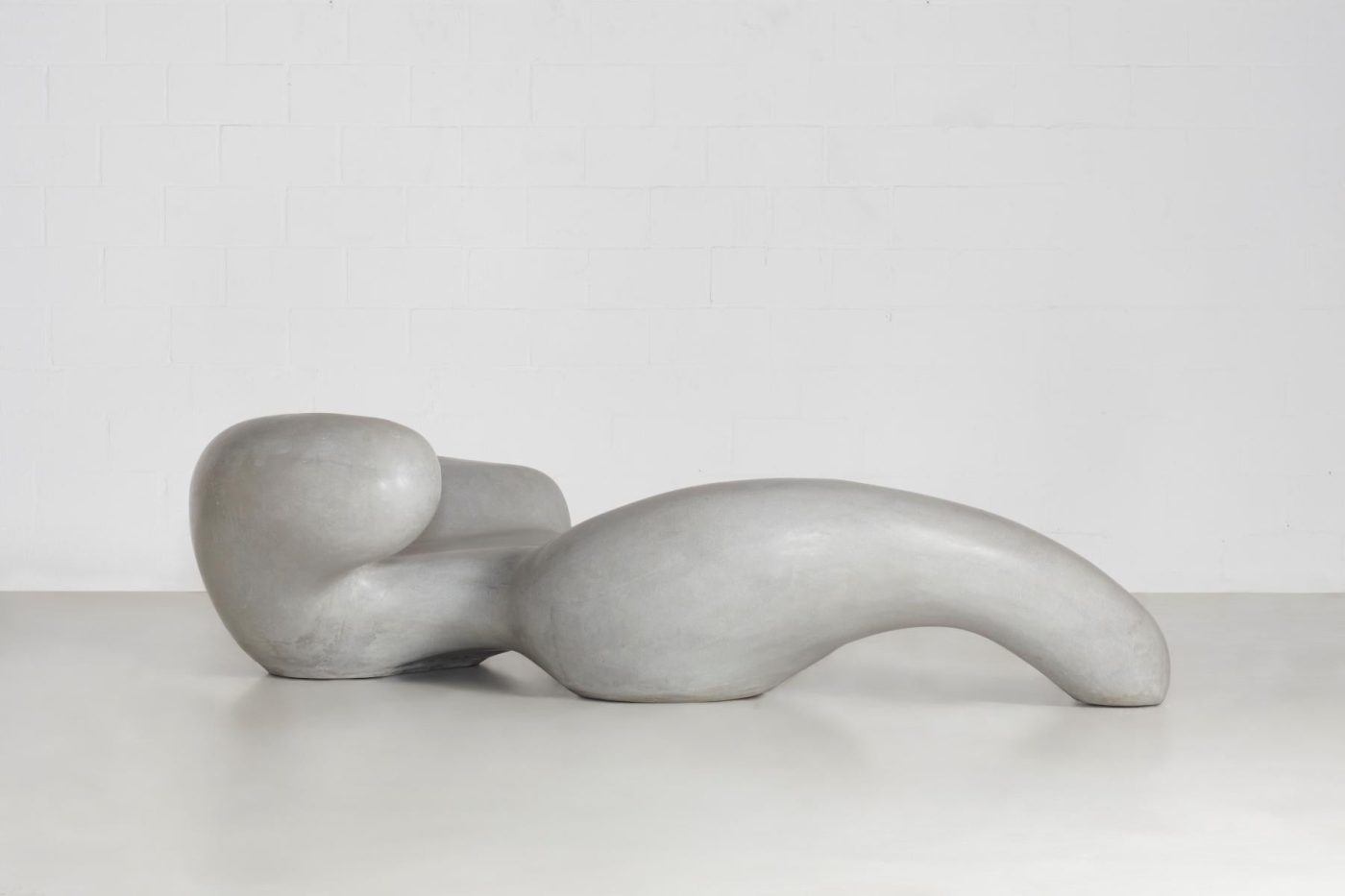
For his part, the internationally celebrated fashion designer Rich Mnisi, who has also become known for his sculptural furniture, “pays homage to the women who have brought him up,” says Trevyn. The show includes a new iteration of his Nwa-Mulamula’s chaise, a limited-edition biomorphic sofa rendered here in concrete and titled Rhulani (Peace). Its shape evokes the comforting embrace of his late great-grandmother.
For the trailblazing queer activist photographer Zanele Muholi (who uses they/them pronouns), home — South Africa — is inextricably associated with the violence and subjugation of Black LGBTQ+ communities there. Best known for their bracing self-portraits with elaborate self-styled props, Muholi is represented in “Mother Tongues” by a massive self-portrait on wallpaper from their ongoing series begun in 2012, “Somnyama Ngonyama” (Hail the Dark Lioness).
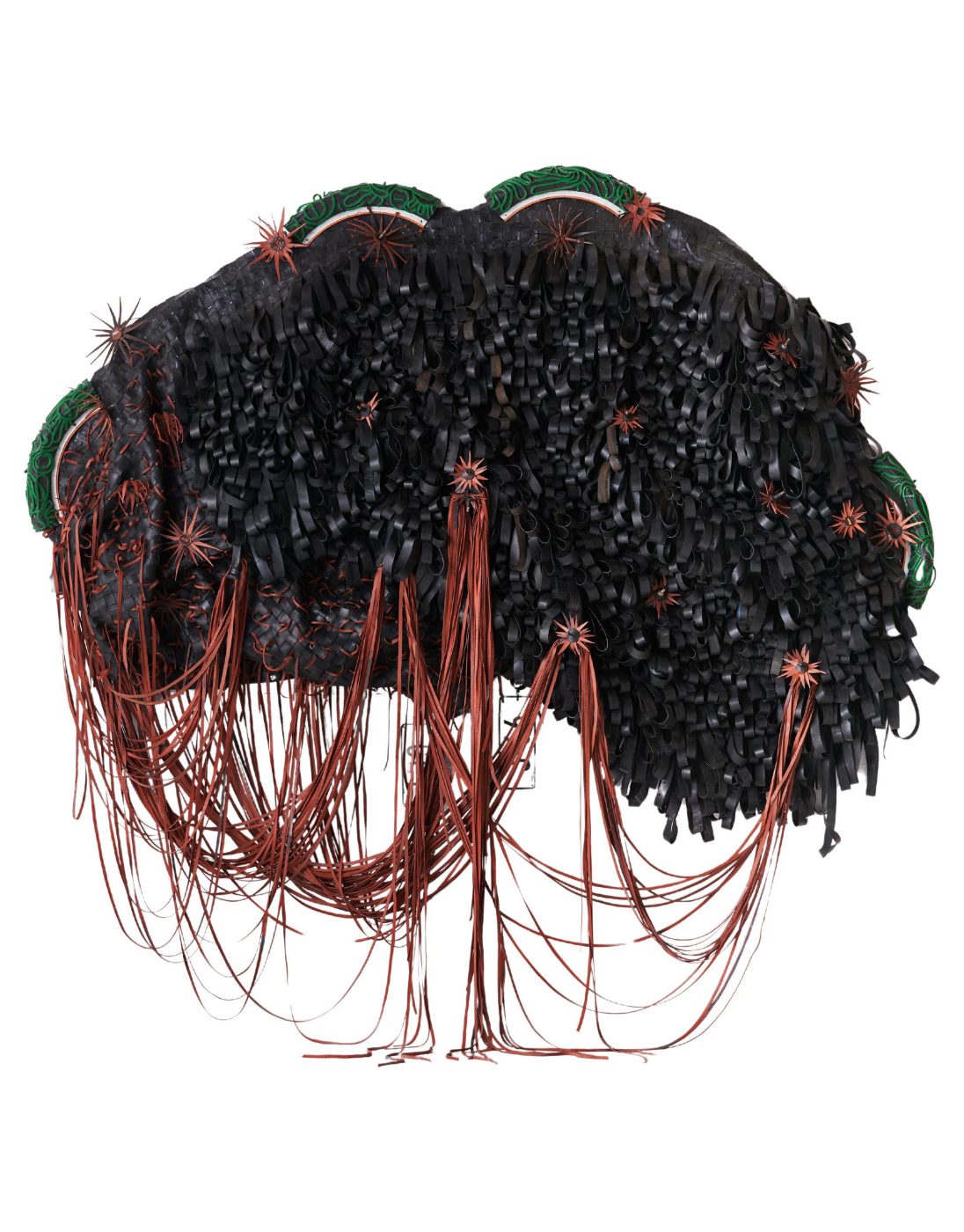
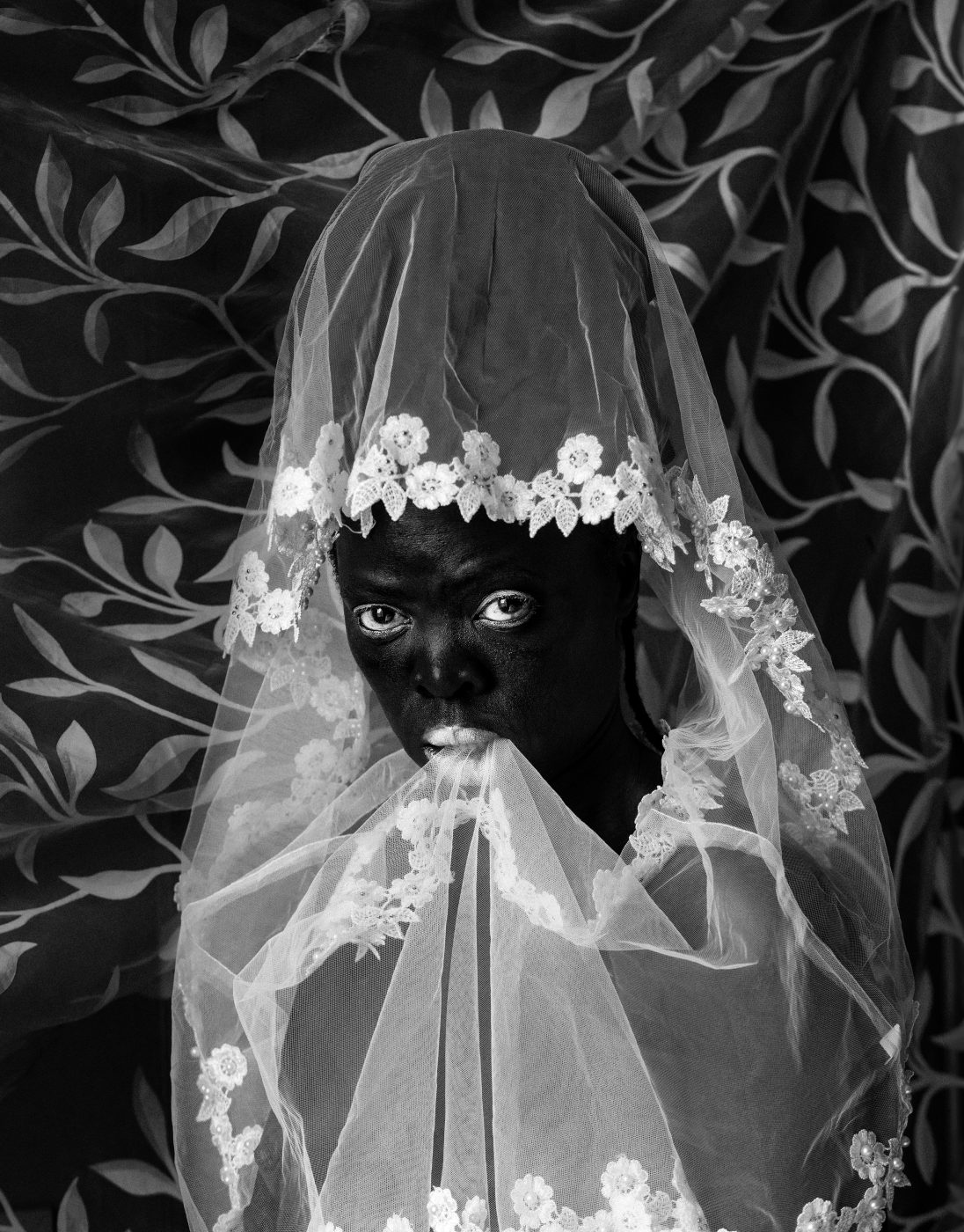
The image shows the artist staring into the camera lens in a feathered headdress, confronting the viewer’s gaze and disrupting the Western fantasy of an exoticized African curiosity. “This is no longer about me; it is about every female body that ever existed in my family. That never imagined that these dreams were possible,” the artist explains in the exhibition catalogue.
Muholi, who has a solo show up at SFMoMA through August and another opening at Tate Modern in June, will take over the entire new L.A. space in May. Southern Guild first presented the survey, which includes sculpture, in Cape Town last summer.
“The show really speaks to the gallery’s core mandate of engaging with the community and having a deep form of dialogue — with panels and programming — about these really human issues,” says McGowan. “Something like that is too important to just have in Cape Town. That’s why we are bringing it to L.A.”
